Rediscovering Mother Earth in Jeju Island
- Suellen Lee

- Apr 7, 2024
- 4 min read
Updated: Apr 8, 2024
AWA Travel Column, by Suellen Lee
For spring break at the end of March, my husband and I brought our three kids to visit South Korea for the first time - Seoul and Jeju island to be exact. We wanted to experience some cool, spring weather, a change from our tropical abode. We even hoped to see some early cherry blossom blooms. Seoul is urban, as is Singapore, and for us to recharge we wanted to end our time immersed in nature. With three natural World Heritage Site designations by UNESCO, Jeju seemed to be the perfect way to do that.
More than twice the size of Singapore, Jeju is an island with distinct features that reflect its turbulent volcanic origins. Mount Halla (1,950m), also known as Hallasan, is an extinct shield volcano that towers in the center of the island. It is in fact the second highest summit in all of Korea. From base to peak, Mount Halla is home to a variety of subtropical, temperate, coniferous and even alpine flora and fauna. At the summit lies a large crater lake (Baengnokdam) that spans 3km in circumference! It takes approximately 7-8 hours round trip to reach the summit via the Seopanak Trail and entering requires prior reservations.

While we started a bit too late in the day to reach the summit, we managed to reach Sara Oreum (1324m), a neighbouring volcanic cone with a smaller, mountaintop crater lake. March was a bit early to see blooms, but we found other signs of new life. In the mountain lake waters, our children found hundreds, perhaps even thousands, of frog eggs otherwise known as frogspawn (tiny black eggs surrounded by a clear, jelly-like substance)! Spring had clearly arrived!
The indigenous people of Jeju consider Mount Halla sacred and the very essence of the island. “Jeju is Halla, and Halla is Jeju” is a common saying among the locals. According to myth, Jeju was created by the giant goddess Grandmother Seolmunde, who is said to personify Mother Earth in a similar way that the Greeks viewed Gaia. Legend says that Seolmunde created the island by laboriously gathering earth in the folds of her skirt and dropping it in the ocean until the island was completed. Earth that fell through the holes in her skirt created the several oreums (hills) that surround the highest point, Mount Halla. When Seolmunde became tired she attempted to rest by sitting on the top of Mount Halla but because she found the peak too sharp and pointed she removed the top thereby creating a depression for her to sit in, a depression that would be the origins of the crater lake (Baengnokdam Lake).
This origin story reflects another interesting fact about Jeju’s culture. Women in Jeju society have always been valued for their independent and industrious instincts, and have historically been active contributors to the community beyond their household and family roles, a surprising contrast to how women have traditionally been viewed through the Confucian values that underpins most East Asian societies. Despite dwindling numbers, Jeju’s female divers (haenyeo) symbolize this enterprising and resilient yet feminine spirit. For generations the haenyeo have sustained their families and communities through rituals that honor the goddess Yeongdung (of the wind and sea) and by assembling in groups to forage shellfish from the ocean. These days most of the haenyeo are older (reportedly in their 60s and 70s!) as the younger generation have obtained more education and opted for professional jobs, and so their continued presence and activity in present-day Jeju is remarkable. With sharp winds, the waters are icy and rather turbulent. The haenyeo clearly embody the industrious yet maternal spirit of the giant goddess and progenitor of the island itself, Grandmother Seolmunde, who, according to folklore, was the first to dive into the ocean to feed her 500 sons. For us, we were just content to sample their fresh, raw catch at the ocean’s edge for a simple meal that included abalone, sea squirt, sea cucumber and sea snails, with a tasty gochugang sauce!
There is so much nature to enjoy and experience on Jeju Island and unfortunately we did not have enough time to experience even most of it. We are nonetheless grateful to have had the opportunity at all. The hiking opportunities are abundant and allow you trekking through unique geographical landscapes. Seongsan Ilchubong, for example, is a volcanic tuff cone (182m high) on the eastern coast of Jeju that resembles a giant castle floating in the middle of the ocean. With steep sides rising up to 182 meters, it was created by magma erupting through water. At the top is a wide crater from which one can see breathtaking views of the island! Then there is Jeongbang waterfall, the only waterfall (23m high) in Asia that flows directly into the ocean.
For me, our journey to Jeju Island was a timely reminder of why we celebrate Earth Day every 22nd day of April, and why the United Nations General Assembly adopted a resolution to rename Earth Day to International Mother Earth Day in 2009. Regardless of nationality, race, religion, generation and creed we are interconnected by our shared awareness that we only have one planet. Mother Earth is a neutral personification of this shared identity and responsibility. Whether we refer to Earth as Gaia, Mother Nature, or even Grandmother Seolmunde, may we find ways to remember that planet Earth is our home and our collective responsibility, because - as the haenyeo have done for generations - even in the harshest conditions, Mother Earth will always somehow sustain us as long as we strive to live in harmonious relationship with each other and nature.
 | Suellen moved from San Francisco, California to Singapore in 2019 with her husband, three sons, and geriatric cat. They have since added a furry canine to their family, a "Singapore special." She runs, sometimes writes, and is a California licensed clinical psychologist practicing part-time in Singapore. |
 | Do you enjoy sharing about your travels with others? Consider writing a travel piece for the AWA Magazine! Email editor@awasingapore.org to discuss your interests! |








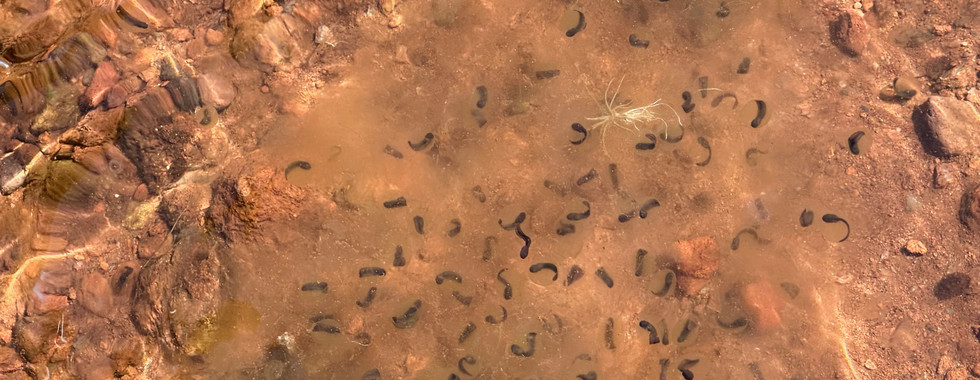



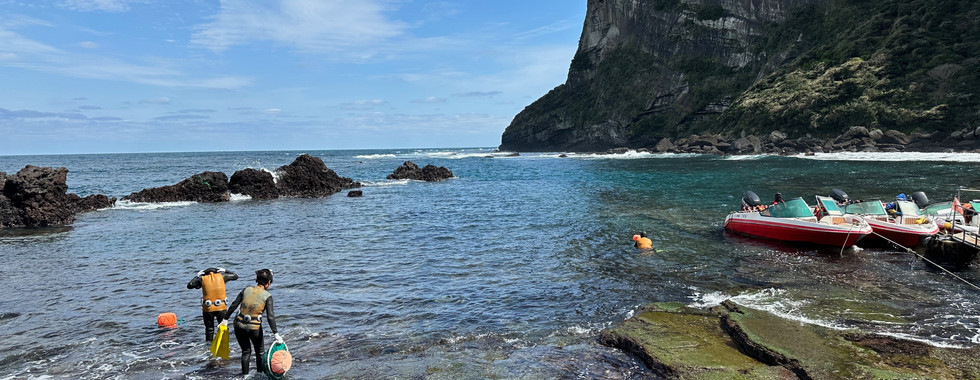













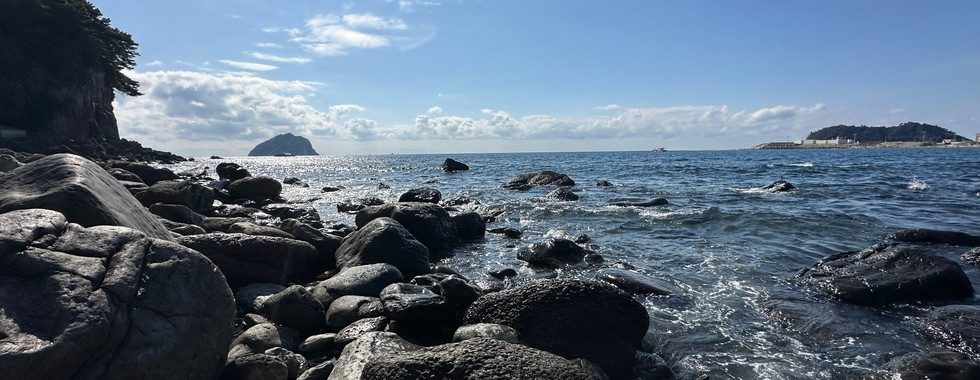
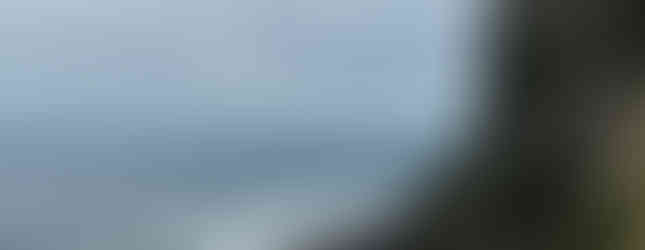

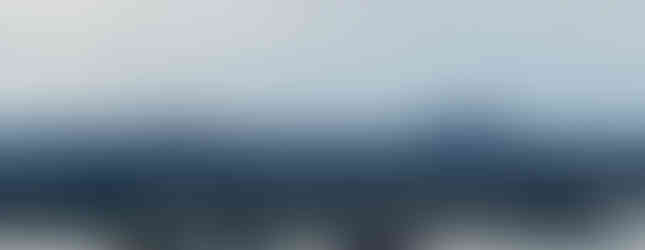

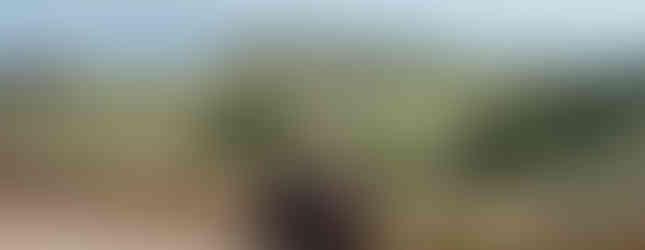








Commenti